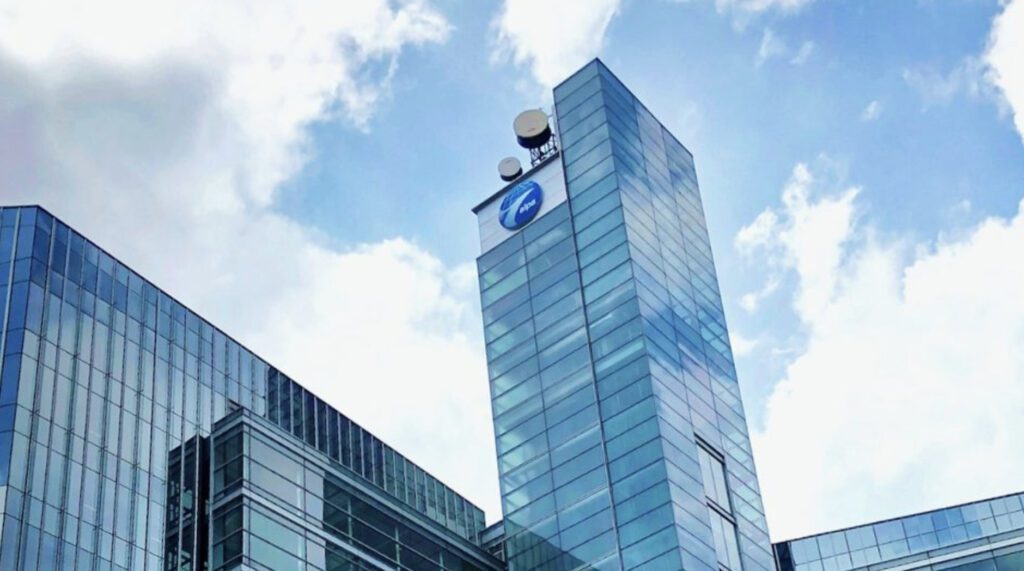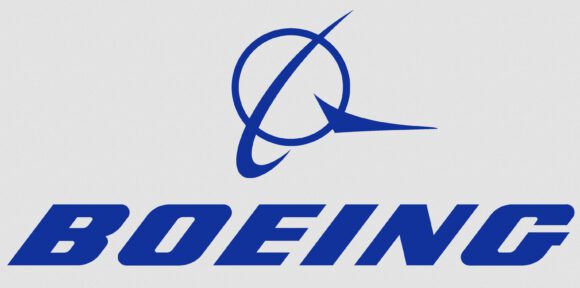
The Airline Pilots Association International (ALPA) has come out against the FAA granting Boeing a regulatory exemption for the 737 MAX 7 and MAX 10, currently in the certification process. The exemption request, which Boeing made in January, is for the stall-management yaw damper (SMYD). If granted, Boeing would not have to demonstrate that the SYMD software meets more stringent standards, as well as more quickly apply upgrades to the MAX 8 and MAX 9 which are already in service.
ALPA, in a letter to the FAA earlier this month, stated “ALPA believes the certification of the SMYD system should be concluded before entry into service. ALPA furthermore does not agree with the 3.5 years Boeing is asking for an exemption.”
Boeing’s exemption request is a departure from their decision last year not to seek an exemption for engine nacelle issues resulting from the de-icing system. At that point, public opinion was quite negative after the MAX 9 decompression and a series of Boeing failures. The company has now requested an exemption one year later, after a management change and improvements in manufacturing quality.
The technical issues
The SYMD is an electronics unit that provides stall warning, stall identification, and yaw damper functions. For the MAX 8 and MAX 9, the aircraft’s SYMD were certified to Level B standards published by the Radio Technical Commission for Aeronautics (RTCA). During the development of the 737-7, updated analysis resulted in both Boeing and the FAA determining the SYMD should be certified to the higher Design Assurance Level A standards. As a result, additional certification work would be required, that would further delay the already very late certifications of the MAX 7 and MAX 10.
Boeing is also developing an enhanced angle-of-attack system for all MAX models, and Boeing plans to introduce the new system on the MAX 10, then retrofit the system to other variants. That system will provide a third “synthetic” angle-of-attack sensor that Boeing and EASA agreed to in 2021 in order to lift the MAX groundings in the wake of two fatal crashes that included software flaws that had a single point of failure as their cause.
The impact and timing is significant for Boeing
If the exemption is granted, Boeing will likely be able to complete certification of the MAX 7 and MAX 10 on their current schedule, with entry into service likely in early 2026 and fall 2026, respectively.
If the exemption is not granted, Boeing would need to wait until the software is certified to Design Assurance Level A standards. That could delay the already late aircraft by another 12-18 months and negatively impact Boeing’s production plans and cash flow.
The “synthetic” sensor in the enhanced angle-of-attack system would gather inputs from other sources, including airspeed, altitude, rate of climb, throttle, trim, and other sources, including the yaw damper software. This “synthetic” sensor would feed MCAS and if there is a variance caused by a flawed sensor, it would decide which sensor readings are likely correct if 2 of the 3 sensors agree.
The bottom line
We have a new administration in Washington, and it is yet unknown whether they will take a soft or hard line with Boeing under the new administrator. If the exemption is not granted, Boeing will find itself in a more difficult technical challenge to complete all of its systems, including the enhanced angle-of-attack system required by EASA after the fatal crashes, to complete certification of the two aircraft and to retrofit the existing fleet on a timely basis.
Boeing was already well down the road to certification of the 737-7, and has already built 25 of this model that are currently stored in inventory. Of course, those aircraft will need to be modified to incorporate all design changes since they were initially built to meet the final configuration that is certified.
The current SYMD, that meets level B requirements has been operating successfully on the 737NG and MAX 8 and 9, with more than 270 million flight hours over the last 25 years. Boeing argues that given the track record, the exemption provides a path to speed certification of the two new models with minimal risks. ALPA, and others in the industry, don’t agree, and have advocated against it. But the decision rests with the FAA, who currently have the request under consideration. Stay tuned.
Views: 518




